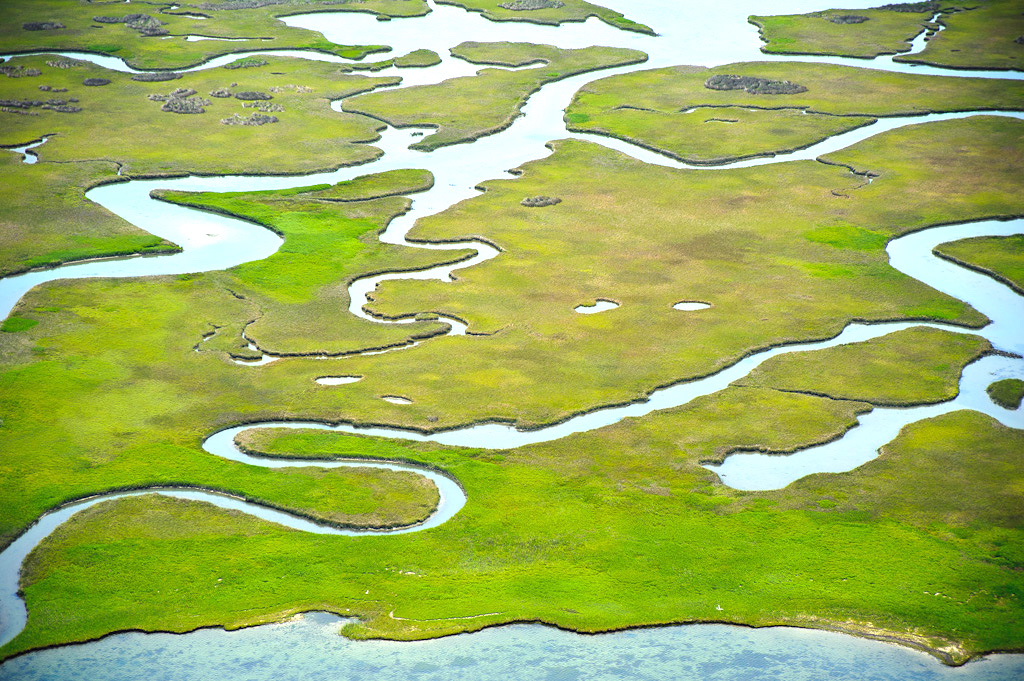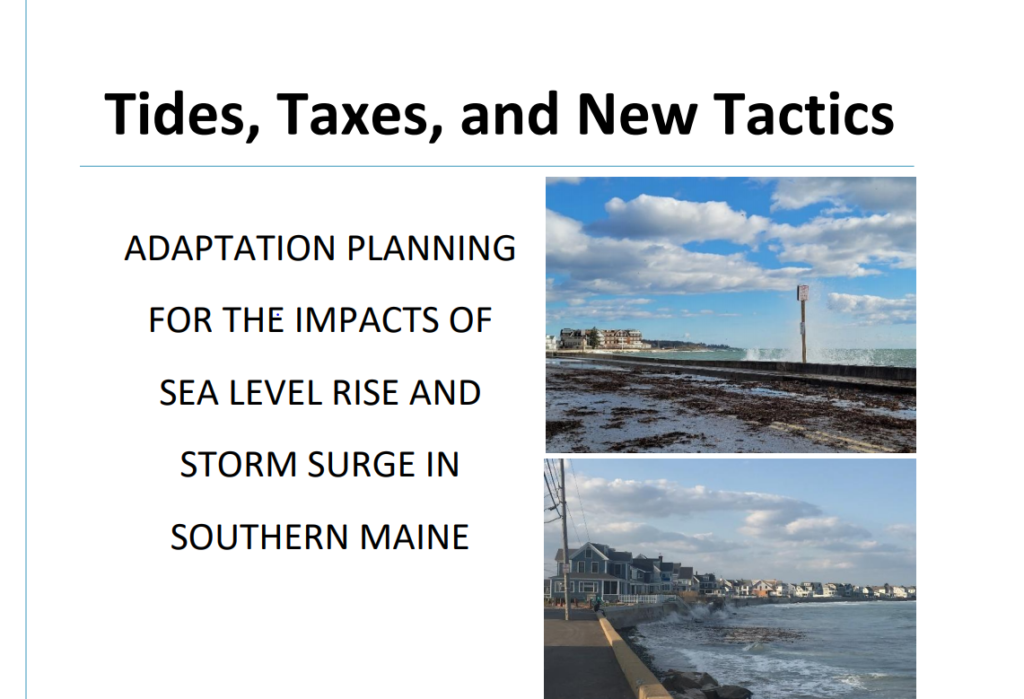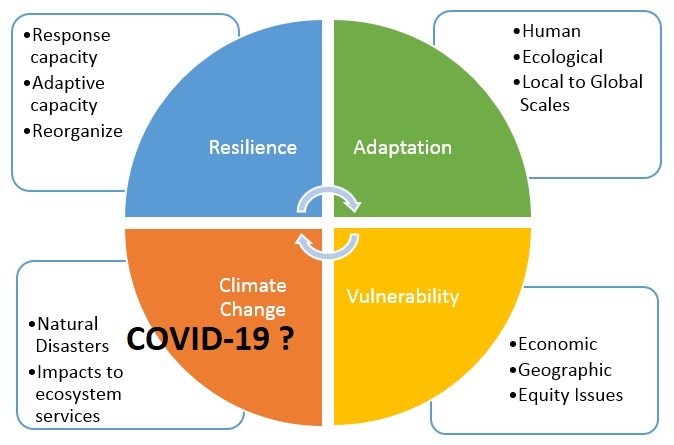1. Economic valuation of green and blue nature in cities: A meta-analysis
Marija Bockarjovaa, Wouter J.W. Botzena, Mark J. Koetse
Ecological Economics 169 (2020)
Environmental economists have long maintained that nature and the ecological services that nature provides are vastly undervalued. This undervaluation of “natural capital” relative to other types of capital is one of the primary drivers of environmental damage. But getting the prices right – putting a “value” on the environment – is not an easy thing to do well. Many times we rely on complicated statistical models (see below) to attempt to “tease out” the value that people put on the environment by looking at their actions, or by their responses to carefully designed surveys.
Environmental economists have been relying more and more in recent years on a methodology called “benefit transfer.” Essentially, this is a method by which the value of a certain environmental good or service in one area is simply applied (transferred) to another area. While easier and certainly cheaper, there are serious methodological concerns about the technique.
One way of circumventing some of those difficulties is to use a method called meta-analysis – whereby many different environmental valuation studies are brought together in one large dataset and analyzed for any statistical regularities. This particular study examined 60 such studies worldwide, focusing on the economic value of nature in cities, to determine characteristics that are associated with either a higher or lower stated value.
The authors find, not surprisingly, that an area’s average income level is associated with a higher stated value. “The interpretation is that natural areas in regions with a 1% higher income have a 1.4 to 1.5% higher value.” They also find that areas with a higher population density also have higher values. Secondly, the authors look at the vehicle through which the value is elicited- in other words, whether the survey respondent was asked to value urban nature through a tax, an entry fee, or a donation to a fund. Interestingly, results demonstrate that “nature values elicited by means of a tax as a payment vehicle were systematically valued lower compared to values elicited by means of other payment mechanisms, such as an entry fee or a donation to a fund.” Finally, the authors examine different types of urban green space, and find that parks are the highest valued type of urban greenspace, followed by “blue sites” (Iakes, rivers, ponds, etc.).
2. Who Cares? Future Sea Level Rise and House Prices Land Economics • May 2020 • 96 (2): 207–224
Olga Filippova
Cuong Nguyen
Ilan Noy
Michael Rehm
Does the finding that a property is at risk from sea level rise lead to a decrease in property value? This article takes advantage of a unique case study in New Zealand to address that question. In 2012, the Kapiti Coast District Council produced and published detailed projected erosion risk maps. The Council then notified property owners in areas deemed to be at risk, and placed that information on memorandums that were then made available to every potential property buyer. Later, in 2014, the council had to remove the maps from online access, due to the actions of a small but vocal group of property owners worried about the effect of the information on property values. These events set up a perfect experiment for the researchers, as they could compare property values and sales during the time that the information was made available to the period when it was not.
After conducting the analysis, the authors conclude the following: “Overall, given the known hazard risks, buyers are still willing to pay the same premium for these coastal properties, and appear to largely ignore the new information they received in 2012. In short, the erosion risk information being placed in the LIM reports seems to have had little effect on property pricing.” While this effect may seem counter- intuitive, it is actually consistent with other studies examining the effect of what is seen as a risk in the distant future. While other studies have found that current flooding affects property values, people react less strongly to threats that are seen as hypothetical or occuring in the distant future.
3. Legacies of Lead: Estimating Home Buyer Response to Potential Lead Exposure
Nicholas B. Irwin Land Economics • May 2020 • 96 (2): 171–187
Much like the previous study, this study examined the effect of a potential environmental threat – this time lead exposure – on property values. In this study, however, the author found that houses most likely to contain lead and located in areas that had been labeled “at risk” by the state of Maryland experienced a substantial price penalty of 7.7%. Using sophisticated statistical techniques, the author was able to determine that the price penalty was “attributable solely to the information about potential lead exposure,” not to other characteristics of the property or the area. Furthermore, the author found that the negative effect persisted and actually became stronger over time.
The author also found evidence that neighborhood composition shifted following the implementation of the program, “with a decrease in the number of white mortgage applicants in at-risk areas and an increase in the spread of incomes for all mortgage applicants.” The author then warns of the unintended consequences of such a program, noting:
“the goal of the policy was to prevent childhood lead exposure by coarsely targeting potential lead risk areas, which shifted home buyers’ perceptions of risk based on an entire area’s designation as a risk zone. This then capitalized in the form of lower house prices for houses located in the at-risk areas most likely to contain lead, which, in turn, altered said neighborhoods as they became less attractive to some while becoming more affordable for others. These changes in neighborhood composition could be leading indicators for longer-term cycles of neighborhood decline due to a perceived stigma of living in an at-risk area.”
These findings have clear implications for environmental justice, and point to the need to think carefully about the unintended consequences of a program such as this one. Yes, residents should be made aware of the potential risks of the area in which they live; but the policy also may have created a situation where some individuals were able to escape that risk, while others may have been forced to accept a tradeoff between homeownership and increased environmental risk.






